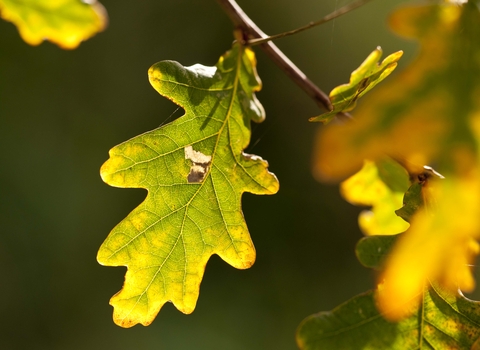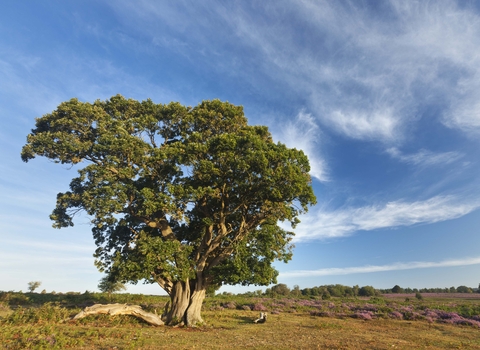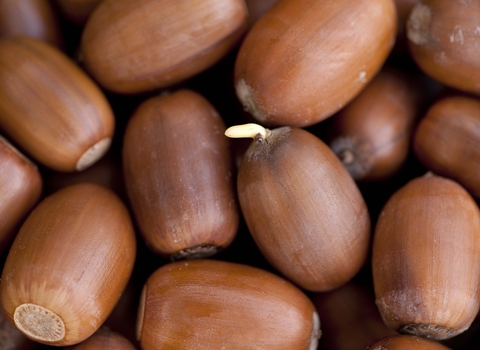
©Ross Hoddinott/2020VISION

©Guy Edwardes/2020VISION

©Ross Hoddinott/2020VISION
English oak
The English oak is, perhaps, our most iconic tree: the one that almost every child and adult alike could draw the lobed leaf of, or describe the acorn fruits of. A widespread tree, it is prized for its wood.
Scientific name
Quercus roburWhen to see
January to DecemberTop facts
About
Also known as the 'Pedunculate oak' because its acorns grow on stalks or 'peduncles', the English oak is a common tree. It displays a broad, spreading crown above thick branches and a trunk that becomes fissured with age. Its autumnal acorns are highly prized by both people and wildlife - the former use them for fodder for pigs and the latter often store them for the long winter ahead.Its wood was traditionally used for building ships and houses, and making furniture.
